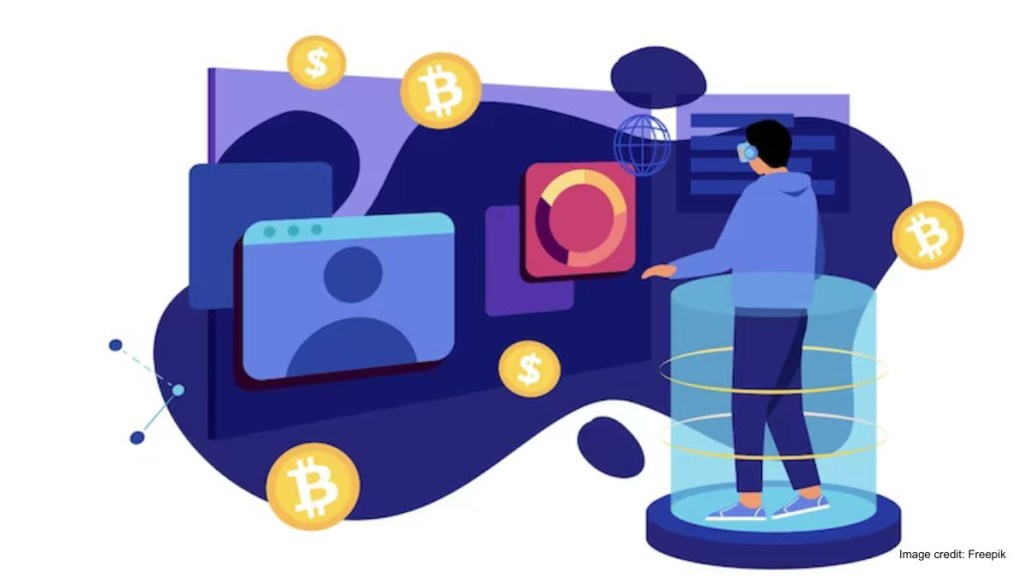As the metaverse evolves, digital twins’ real-time monitoring and analysis of the virtual realm of digital assets are expected to promise an integrated and dynamic experience. However, with such advancements, it is important to carefully consider their impact on the real world. “Integrating digital twins and digital assets can offer enhanced creativity, productivity, and immersive experiences. It has the potential to revolutionise sectors such as healthcare, transportation, gaming, entertainment, architecture, and education, among others,” Vidushi Kapoor, CEO, Process9, council member, Nasscom’s SME, told FE Blockchain, adding that real-time rewards and incentives within the digital landscape may further amplify the potential for innovation and engagement.
The digital twin market is expected to reach the $91.92 billion mark, with a CAGR of 36.94% by 2028, as per insights from Mordor Intelligence, a market research firm. It is believed that the manufacturing industry can assess the impact of a product, agility, and its hazards with digital twin, even before it is launched in the real world. This will eventually help the company to allow users to experience the product in the digital world.
It is also expected that the addition of digital assets such as non-fungible tokens (NFTs) can allow individuals to own and control their virtual representations. Digital twin usually follows the original equipment manufacturers (OEMs) format and implementing NFTs to manage its ownership can open new scopes. “NFTs can act as the ‘distributed ownership document’ and be used as an investment in the digital economy. An NFT-digital twin linkage can make it possible to ensure the authenticity of digital twin, enable fractional ownership and collaboration (multiple people can own) and safeguard intellectual property rights,” Vikram Subburaj, CEO, Giottus, a cryptocurrency platform, explained.
Furthermore, digital twin and NFTs can represent transformative advancements and unlock new possibilities for innovation, collaboration and sustainability. The global NFT market is expected to reach $231 billion by 2030, as per insights from Verified Market Research, a global research firm. “There is always the downside of how new technology can be used and the errors made until the processes are proven. Digital twin is a representation of the real world with variables programmed in, which may face glitches and create disruption. There is a fundamental truth in nature that you must always expect the unexpected and a simulation may miss the one percent anomaly that causes an error or misstep. Hopefully, with time these factors will be mitigated, and the true potential will be realised,” Navdeep Sharma, co-founder, ReelStar, concluded.

